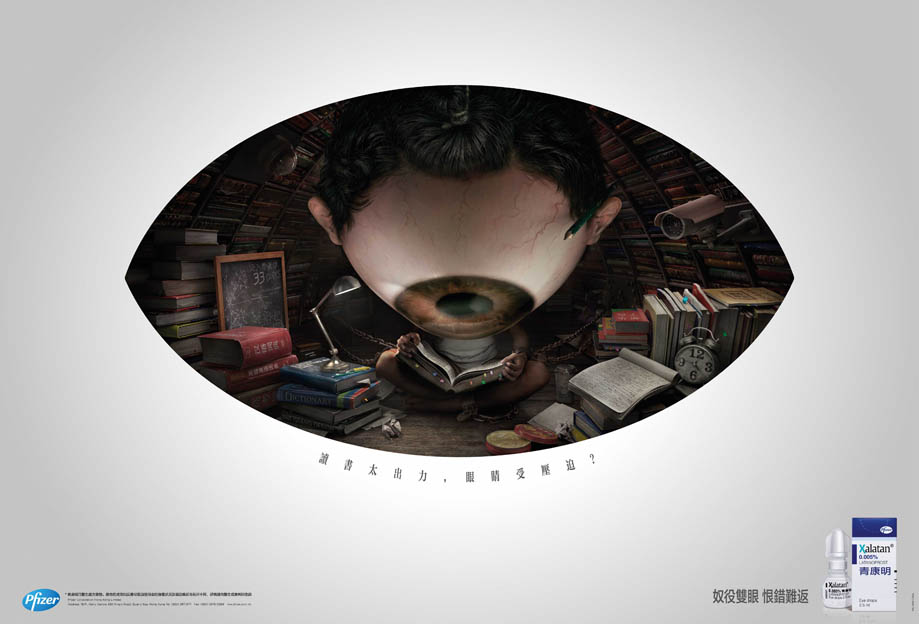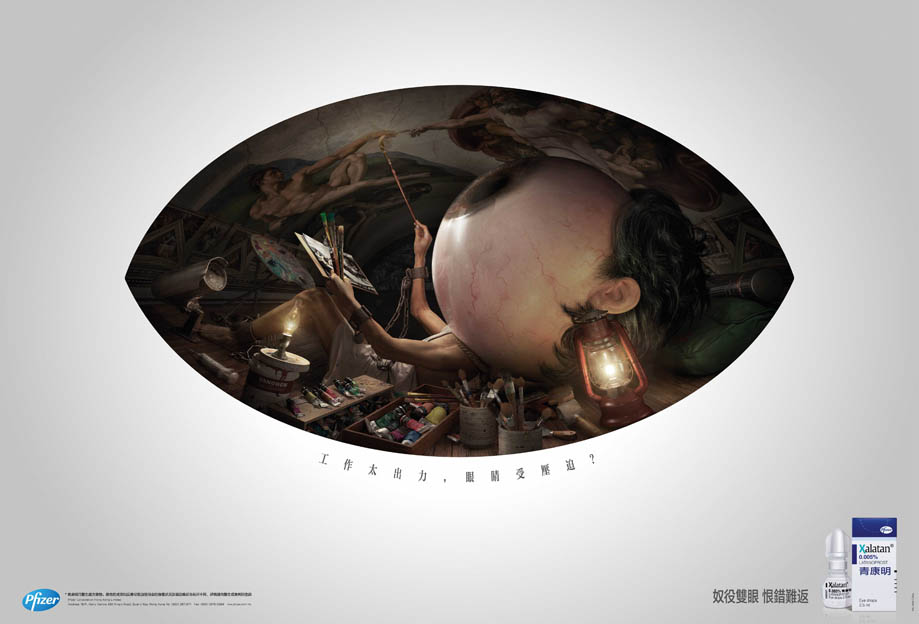Lions Healthcare 2016 Awards for the best pharmaceutical advertising have been announced. See the winners.
As every year, what they show is that pharma advertising lacks creativity. What is more important, 2016 Lions Healthcare Pharma winners are not those most efficient in conveying the message and changing prescription behaviors.
Lions Healthcare is a contest made by agencies and for agencies. Looking at the winners, but also at the shortlist of submission it is clear that agencies have no idea how to operate in regulated markets. They are creative while talking to general public, on disease awareness or about medical devices.
When it comes to branded, promotional communication directed to healthcare professionals pharma marketers are on their own. Or they get offered a dead fish, which has been a winner in 2015.
In the 2016 Lions Healthcare Awards, no agency has been able to get a prize for creativity while providing multichannel content that is fact-based and scientifically proven. Oh, well, indeed – McCann has made some disgusting posters for Pfizer’s Xalatan, get the prize, and left us not impressed, again.
Does it mean that advertising agencies are creative only when they can lie or stretch facts? Is it really too hard to clearly state the advantages of pharmaceutical products that extend or save lives? Somehow, hundreds of pharma marketers and thousands of sales reps are able to produce and convey such messaging every day. Is it bland? Maybe. We are still waiting for agency content that would be both creative and at the same time compliant. Saying that, please take a look at the 2016 Lions Healthcare Grand Prix and Gold Lions below.
GRAND PRIX – LIONS HEALTHCARE 2016
BREATHLESS CHOIR – PHILIPS
By: OGILVY & MATHER LONDON
Category: PHARMA > COMMUNICATIONS TO NON-HEALTHCARE PROFESSIONALS > DEVICES & DIAGNOSTICS
GOLD – LIONS HEALTHCARE 2016
THE NAZAR INITIATIVE – ASTER HEALTHCARE
By: THE CLASSIC PARTNERSHIP ADVERTISING
Category: PHARMA > PHARMA COMMUNICATIONS TOOLS & DEVICES > HCP DEVICES & DIAGNOSTICS
GOLD – CAMPAIGN AWARD – LIONS HEALTHCARE 2016
GAMEBOY/STUDENT/PAINTER – PFIZER CORPORATION HONGKONG



By: McCANN HEALTH
Category: PHARMA > COMMUNICATIONS TO NON-HEALTHCARE PROFESSIONALS > PHARMA, VACCINES & BIOTECH – BRANDED COMMUNICATION
GOLD – LIONS HEALTHCARE 2016
LAST WORDS – INDIAN ASSOCIATION OF PALLIATIVE CARE (IAPC)
By: MEDULLA COMMUNICATIONS
Category: PHARMA > COMMUNICATIONS TO HEALTHCARE PROFESSIONALS > EDUCATION & AWARENESS

